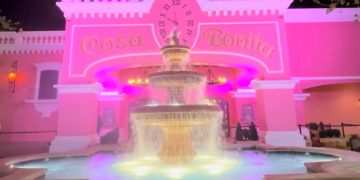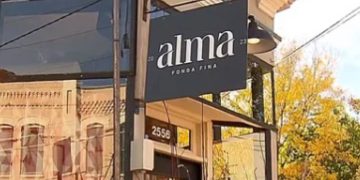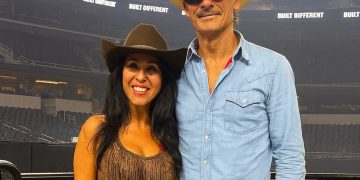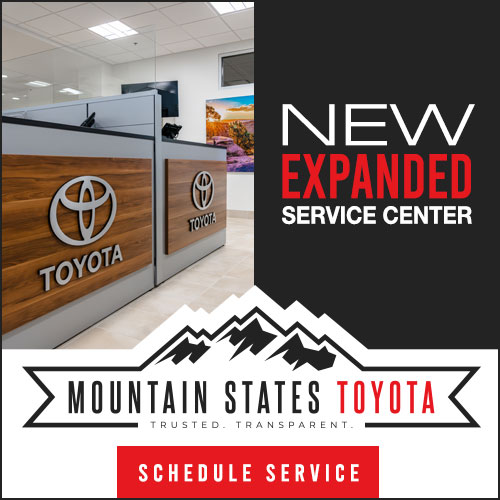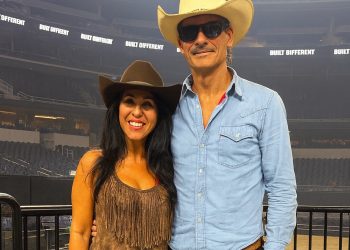The Westminster Mall was once a vibrant hub of suburban life in Denver, Colorado. Opened in 1977, it promised a bustling oasis of shopping, entertainment, and community gathering.
For decades, it lived up to that promise, becoming a iconic landmark for generations of teenagers and families. But like many enclosed malls across America, the Westminster Mall eventually succumbed to changing times, its decline mirroring the broader shifts in retail and social spaces.
A Grand Opening and Golden Age:
Construction began in 1975, bringing over 120 stores and a unique centerpiece: hot air balloons rising above shimmering pools. Anchored by department stores like Sears and May Company, the mall flourished. Teenagers cruised the corridors, families enjoyed movie nights at the AMC theater, and the food court buzzed with activity. The mall wasn’t just a shopping destination; it was a social scene, a place to see and be seen.
Shifting Sands and the Erosion of Clientele:
The late 1990s and early 2000s marked a turning point. The rise of online shopping and competition from newer, larger malls like Flatirons Crossing chipped away at Westminster’s dominance. Anchor stores began to close, leaving vacant spaces and a sense of decline. Attempts to revitalize the mall with new tenants and events struggled to gain traction.
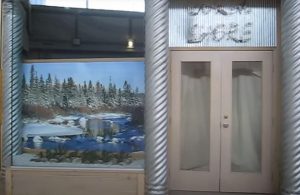
The Final Curtain and a New Chapter:
By 2011, the writing was on the wall. With dwindling foot traffic and mounting financial losses, the decision was made to demolish the mall. The final day saw hundreds gather, a mix of nostalgia and sadness as the wrecking balls began their work.
A Legacy of Memories and a Renewed Future:
The demolition wasn’t the end of the story. In its place, a mixed-use development called “The District” has risen. With apartments, offices, shops, and green spaces, it reflects the changing needs of the community.


